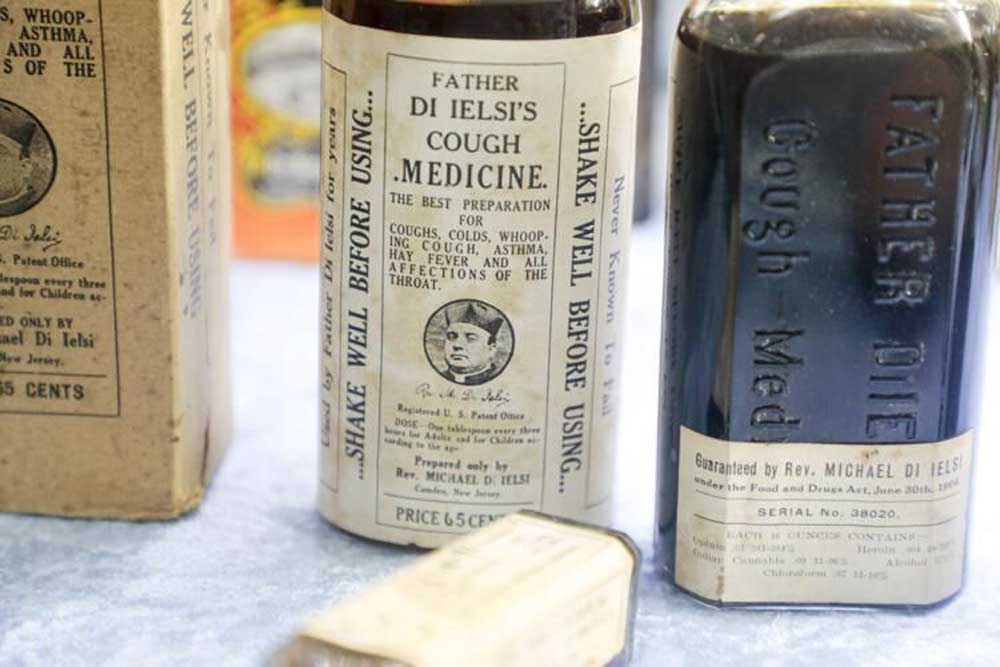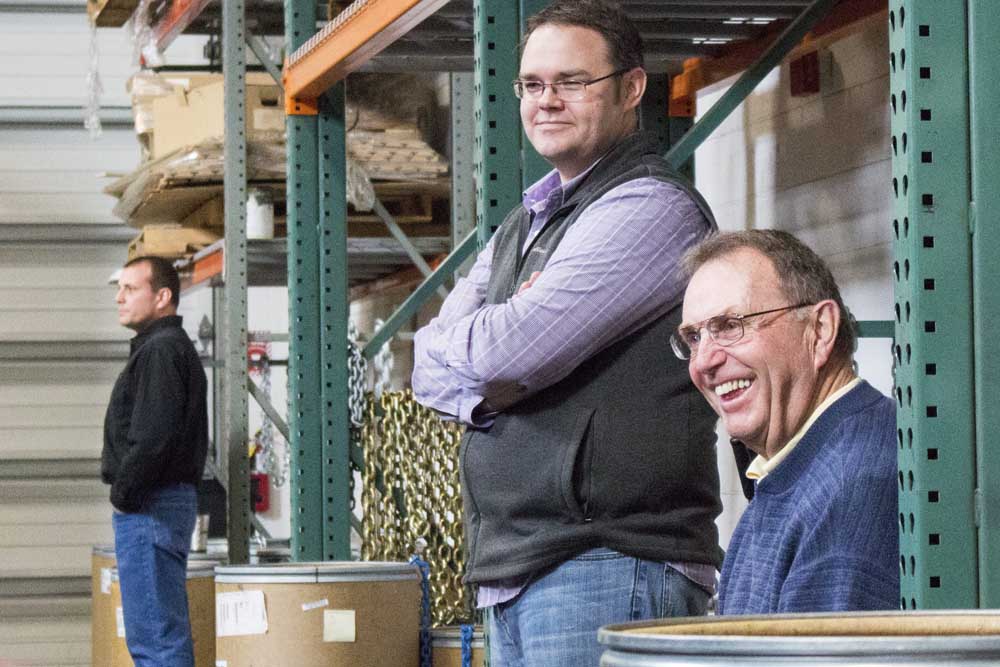Weekend Break: Peninsula museum makes much of marijuana
Published 1:00 pm Friday, July 19, 2024

- A cough syrup produced by Rev. Michael Di Ielsi in New Jersey in 1906 contained cannabis, chloroform, heroin, opium and alcohol. The serving suggestion was a tablespoon every three hours.
LONG BEACH, Wash. — Jon Marsh held a hemp composite car fender while extolling the virtues of a plant long vilified, one he credits with helping save his life.
Trending
“The most common question I’m asked is, ‘Why am I doing it?’” said Marsh, a 1986 Ilwaco High School graduate who later served in the Gulf War before returning to his home state.
Marsh said he suffered from Gulf War syndrome, an unexplained illness that occurred in veterans of the 1991 war, including symptoms of fatigue, pain and cognitive issues. Marsh pointed to days of exposure to smoke that potentially contained warfare agents such as nerve gas as the cause.
“When I got out in 1993, I was almost 25,” said Marsh, who became a dedicated activist for marijuana decriminalization in the 1990s, fueled by the relief he received when he consumed cannabis. “I decided when I was 26 that I wasn’t going to have a kid, that I was going to make cannabis my baby.”
Trending
Earlier this summer, Marsh officially opened the The Cannabis Hemp Museum on Pacific Avenue across the street from the longtime family-owned Marsh’s Free Museum, where he first got his start in 1978. The marijuana-dedicated museum joins a growing constellation of similar museums across the U.S. aimed at educating the public about the history of marijuana.
The marijuana museum joins other rare and unique museums in Long Beach, including one centered on cranberries and another on kites. In Raymond, the Northwest Carriage Museum contains a world-class collection of horse-drawn vehicles.
The precarious history of marijuana and hemp — the fiber extracted from cannabis plants — weaving throughout American history is displayed throughout the museum.
Henry Ford once touted his hemp “grown from the soil” composite concept car as “10 times stronger than steel” and the future of auto manufacturing. The year was 1942, just as the U.S. involvement in World War II would rapidly ramp up and cause domestic manufacturing to focus on war-related efforts. Oil and chemical companies such as DuPont also contributed to the shift away from hemp, when their production of synthetic plastics and polymers became the norm.
Each facet of the controversial plant, from cultivation to early cannabinoid-extraction methods, is explained in detail in the new museum, including the revolutionary 1970s extraction contraptions to present-day techniques embraced by the growing concentrate industry.
Near the center of the museum, a display case contains medicinal bottles from the early 1900s, some of which contain marijuana among the ingredients to treat a variety of ailments. Among the most questionable was a cough syrup produced by the Rev. Michael Di Ielsi in New Jersey in 1906, which contained cannabis, chloroform, heroin, opium and alcohol. The serving suggestion was a tablespoon every three hours, “for all affections of the throat.”
Often praised for its potential and sometimes demonized as the root of societal downfall, marijuana remains complicated, with some states allowing recreational use — including Washington and Oregon — while remaining illegal at the federal level.
The demand for marijuana continues to be a growing segment of the Pacific County economy, with countywide recreational sales exceeding $4.5 million in 2023. Raymond is one of the state’s largest centers of commercial production and processing.
If You Go
The Cannabis Hemp Museum
408 Pacific Ave. South, Long Beach, Wash.
Open daily noon to 5 p.m.
www.thecannabishempmuseum.com









